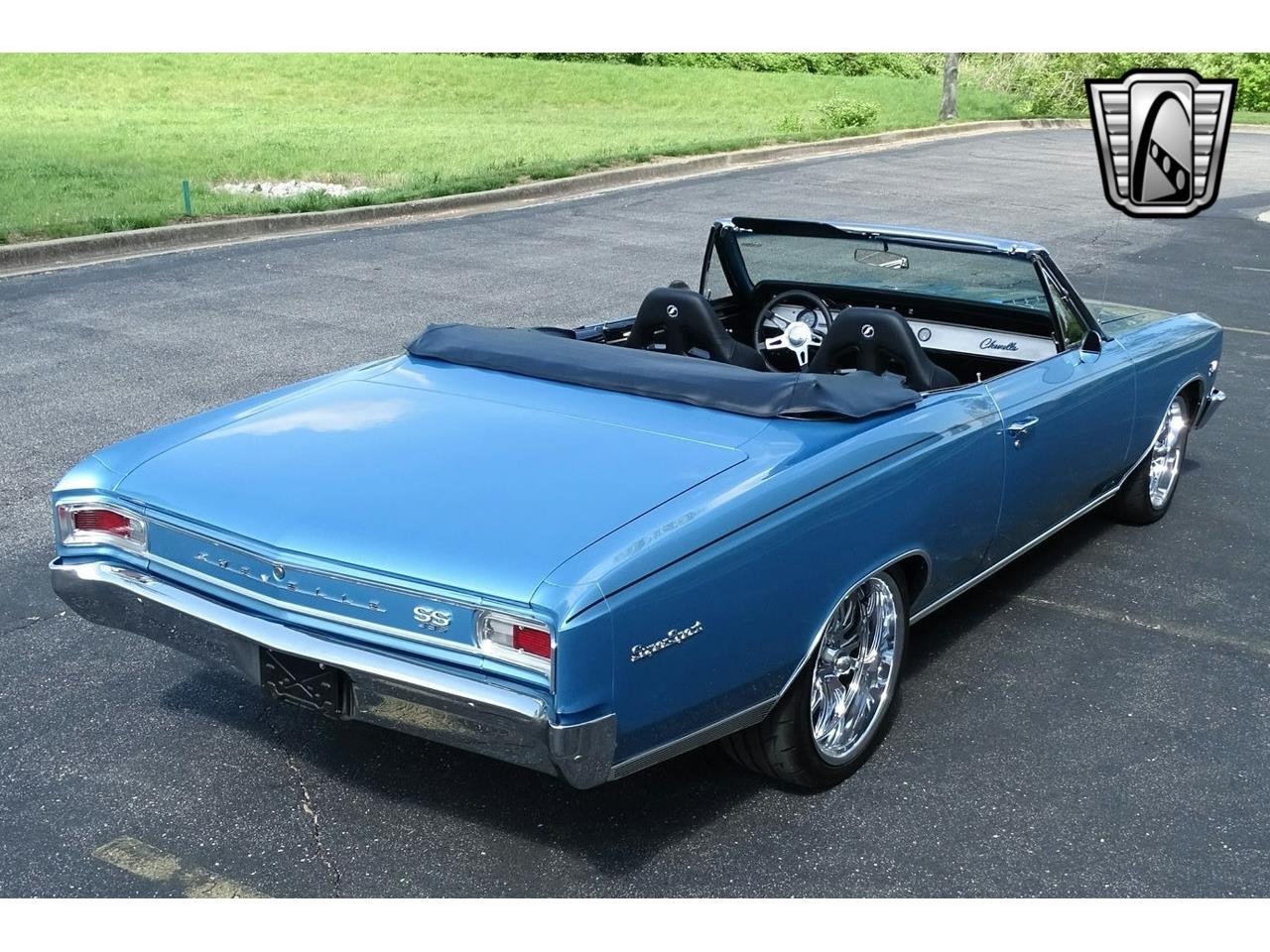Currently Empty: $0.00

The 1960s and 1970s were a golden era for automotive enthusiasts, marked by the rise of muscle cars—high-performance vehicles characterized by powerful V8 engines, aggressive styling, and an unrelenting pursuit of speed. These iconic machines not only left a lasting legacy on the automotive world but also significantly influenced modern car design, performance, and culture. This article explores how the design and engineering of muscle cars from this era have shaped contemporary automotive trends.
1. Design Influence
Aggressive Styling
Muscle cars like the Ford Mustang, Chevrolet Camaro, and Dodge Charger were known for their bold and aggressive styling. Features such as wide stances, muscular fenders, and pronounced hood scoops were designed to convey power and performance. Modern cars, especially sports cars and performance-oriented models, often draw inspiration from these elements to evoke a sense of speed and strength.
Iconic Silhouettes
The sleek, fastback silhouettes of muscle cars have become timeless. Contemporary vehicles, such as the Dodge Challenger and Ford Mustang, pay homage to their ancestors by retaining similar profiles. This continuity in design creates a sense of nostalgia while appealing to new generations of car enthusiasts.
Customization and Personalization
The muscle car era popularized the concept of customizing vehicles to reflect personal style and enhance performance. Today, this spirit lives on, with manufacturers offering extensive customization options. From exterior paint schemes to performance upgrades, modern car owners can tailor their vehicles in ways reminiscent of the muscle car customization culture.
2. Engineering and Performance
High-Performance Engines
The heart of any muscle car was its powerful engine, typically a large-displacement V8. These engines were designed for maximum power and acceleration. Modern performance cars continue this tradition with advanced V8 engines, as well as turbocharged and supercharged V6 and four-cylinder engines that deliver impressive horsepower and torque figures, pushing the boundaries of speed and performance.
Advanced Suspension and Handling
While muscle cars were known for straight-line speed, their handling often left something to be desired. Modern engineering has addressed these shortcomings with advanced suspension systems, aerodynamic designs, and lightweight materials, resulting in vehicles that offer both blistering acceleration and precise handling. Technologies like adaptive suspension and electronic stability control enhance the driving experience, combining the best of both worlds.
Innovations in Safety
Safety technology has come a long way since the muscle car era. Modern cars benefit from decades of advancements in safety engineering, including features such as anti-lock brakes, airbags, and advanced driver-assistance systems (ADAS). These innovations ensure that today’s high-performance vehicles are not only faster but also safer than their predecessors.
3. Cultural Impact
Enduring Popularity
The cultural impact of muscle cars is evident in their enduring popularity. Iconic models from the 1960s and 1970s are celebrated in car shows, movies, and media, solidifying their place in automotive history. This reverence for classic muscle cars has influenced the design and marketing of modern vehicles, which often aim to capture the spirit and excitement of their legendary forebears.
Car Culture and Community
The muscle car era fostered a vibrant car culture, characterized by enthusiasts who shared a passion for speed, performance, and automotive craftsmanship. This sense of community continues today, with car clubs, online forums, and social media groups dedicated to muscle cars and modern performance vehicles. These communities provide a platform for enthusiasts to share knowledge, showcase their vehicles, and celebrate their shared passion.
Influence on Pop Culture
Muscle cars have left an indelible mark on pop culture, appearing in countless movies, TV shows, and songs. From the high-octane chases in “Bullitt” to the rebellious spirit of “Vanishing Point,” these cars have become symbols of freedom and power. This cultural influence continues to shape the image of modern performance cars, reinforcing their status as icons of automotive excellence.
Conclusion
The muscle cars of the 1960s and 1970s were more than just powerful machines; they were a cultural phenomenon that redefined automotive design and performance. Their legacy is evident in the design language, engineering advancements, and cultural impact of modern cars. By drawing inspiration from these iconic vehicles, contemporary car manufacturers continue to push the boundaries of performance and style, ensuring that the spirit of the muscle car era lives on.
